
3 Common Reasons You're Slicing your Driver
Struggling with a slice? Here's why your drives are curving right:
- Wrong grip
- Bad swing path
- Open clubface at impact
Let's break it down:
| Reason | Description | Quick Fix |
|---|---|---|
| Wrong Grip | Weak grip leads to open clubface | Strengthen grip, show 2-3 knuckles on lead hand |
| Bad Swing Path | Outside-to-in path causes slice | Practice inside-out swing, start downswing with hips |
| Open Clubface | Main cause of slices | Focus on squaring clubface at impact |
Fixing these issues will help you hit straighter, longer drives. Remember:
- A slice curves away from your dominant side
- It's caused by an open clubface and outside-to-in path
- Correcting your slice improves accuracy and distance
Ready to fix your slice? Let's dive into each reason and how to fix it.
Related video from YouTube
Slice Basics
What Exactly is a Slice?
A slice is a golf shot that curves away from the player's dominant hand. For right-handed golfers, the ball veers off to the right; for lefties, it curves to the left. This happens due to two main factors:
- An open clubface at impact
- An outside-to-inside swing path
The severity of a slice depends on how open the clubface is and how much the swing path deviates from the target line.
How Slices Hurt Your Game
Slices can seriously impact your golf performance:
| Impact | Description |
|---|---|
| Distance Loss | Curved flight reduces overall distance |
| Accuracy Issues | Ball often lands far off target |
| Score Increase | More strokes needed to reach the green |
| Confidence Drop | Repeated slices can affect mental game |
As one golf instructor noted, "For casual and high-handicap golfers, a slice can be extremely frustrating."
Why Slices Happen
Slices occur due to a mix of grip, stance, and swing issues:
- Weak Grip: Can lead to an open clubface at impact
- Improper Stance: Misalignment of feet, hips, and shoulders
- Outside-to-Inside Path: Clubhead moves away from the body on downswing
- Open Clubface: Face angle points right of the swing path at impact
Jack Nicklaus, golf legend, emphasizes: "The hands, not the body, square the face." This highlights the importance of proper hand action in preventing slices.
To fix a slice, focus on:
- Strengthening your grip
- Aligning your body correctly
- Swinging on the right path
- Squaring the clubface at impact
Reason 1: Wrong Grip
Your grip on the golf club plays a big role in how the ball flies. A bad grip often leads to slicing.
How Grip Changes Ball Flight
The way you hold the club affects how the clubface hits the ball:
| Grip Type | Effect on Ball Flight |
|---|---|
| Weak Grip | Open clubface, causes slice |
| Neutral Grip | Balanced clubface, straight shots |
| Strong Grip | Closed clubface, can fix slice |
A weak grip is a common cause of slicing. It makes the clubface open at impact, sending the ball right (for right-handed golfers).
Signs Your Grip is Off
You might have a grip problem if:
- Your shots often curve right
- You lose distance on drives
- The ball flight is too high
- You struggle with bunker shots
Fixing Your Grip
To fix a slice-causing grip:
1. Strengthen your grip: Turn your hands more to the right on the club.
2. Use your fingers: Hold the club in your fingers, not your palms.
3. Check your V's: The V's formed by your thumbs and index fingers should point to your right shoulder.
PGA pro Jared Danford says:
"Changing your grip can take time and feel uncomfortable. If you stick with it and really concentrate on changing your grip, in the end, your distance, ball striking, and control will all improve."
Grip Mistakes to Avoid
Don't make these common errors:
- Gripping too tight (aim for 4-5 out of 10 pressure)
- Holding the club in your palms instead of fingers
- Letting your grip change during your swing
Reason 2: Bad Swing Path
A bad swing path is a key reason why many golfers slice their driver. Let's break down what this means and how to fix it.
What Causes a Bad Swing Path?
A bad swing path often happens when:
- You open your shoulder too quickly in the downswing
- Your club moves "over the top" instead of staying close to your body
- You start your downswing with your upper body instead of your lower body
These mistakes lead to an out-to-in swing path, which causes the ball to curve right (for right-handed golfers).
How to Fix Your Swing Path
To fix your swing path:
1. Start with your lower body
Begin your downswing by turning your hips, not your shoulders or arms. As Ben Hogan said:
"The downswing is initiated by turning the hips to the left. The shoulders, arms, and hands — in that order — then release their power."
2. Keep your shoulders steady
Try to keep your shoulders steady through the downswing until your hands and club are parallel to the ground.
3. Practice the Box Drill
PGA pro Tim Butler suggests:
"The Box Drill is a great way to improve your swing path and reduce slicing."
Here's how to do it:
| Step | Action |
|---|---|
| 1 | Place an empty box along your target line |
| 2 | Take practice swings without hitting the box |
| 3 | If you hit the box, it means your swing path is outside-in |
| 4 | Keep practicing until you can swing without touching the box |
4. Check your grip
A poor grip can lead to a bad swing path. Make sure your lead hand (left hand for right-handed golfers) holds the club mostly in your fingers, not your palm.
sbb-itb-ea6abd0
Reason 3: Open Clubface at Impact
An open clubface at impact is a major cause of slicing. Let's look at why this happens and how to fix it.
Why Clubface Angle Matters
The clubface angle when you hit the ball is key to where it goes. In fact:
The club face of your golf club is aiming as you strike is 80% of the reason you hit the golf ball in the direction, or with the shape that you do.
An open clubface points right of the target for right-handed players, causing slices.
Why Your Clubface Might Be Open
Common reasons for an open clubface:
- Too much wrist extension (cupping)
- Poor grip
- Incorrect swing path
- Lack of proper arm rotation in the downswing
How to Square Your Clubface
Try these tips to fix an open clubface:
-
Check your grip: A neutral grip helps square the clubface consistently.
-
Focus on wrist angles: Aim for the right mix of flexion and extension.
-
Practice the low and slow takeaway: This helps keep the clubface square through impact.
-
Use the open-hand drill:
- Grip with your lead hand normally
- Rest your trail hand on the club
- Make practice swings to feel proper hand rotation
-
Try the HackMotion device: It gives instant feedback on your wrist angles during practice.
| Clubface Position | Description | Effect on Ball Flight |
|---|---|---|
| Open | Points right of target | Slice |
| Square | Points at target | Straight shot |
| Closed | Points left of target | Hook |
Finding the Cause of Your Slice
Pinpointing why you're slicing the ball is key to fixing it. Here are some ways to identify the root of your slice:
Check Your Own Swing
1. Record yourself: Use your smartphone to film your swing from different angles. Look for:
- An open clubface at impact
- An outside-to-in swing path
- Poor grip or alignment
2. Use foot powder spray: Apply it to your clubface to see where you're striking the ball. Off-center hits can cause slices.
3. Practice swing feelings: Pay attention to how your hands and club move through impact. A proper release should feel like your right forearm is rotating over your left.
Using Tech to Analyze Your Swing
Modern technology can provide detailed insights into your swing:
| Device | What It Measures | Price Range |
|---|---|---|
| FlightScope Mevo Plus | Club head data, ball flight, spin rate | Mid-range |
| HackMotion | Wrist angles during swing | Mid-range |
| deWiz | 14 swing metrics, 3D swing model | High-end |
"The biggest deciding factor on where your golf ball goes is where your clubface is pointed." - Golf Expert
When to Ask a Pro for Help
If you've tried self-analysis and tech tools without success, it's time to consult a golf pro. Signs you need professional help:
- Your slice hasn't improved after weeks of practice
- You're developing bad habits trying to fix your slice
- You're unsure how to interpret the data from swing analyzers
A pro can offer personalized advice and drills to fix your slice quickly.
Putting It All Together
Now that we've covered the main causes of slicing, let's combine the fixes to stop that frustrating right-to-left ball flight.
Fixing Grip, Swing, and Clubface Together
To fix your slice, focus on these key areas:
1. Grip: Hold the club in your fingers, not your palm. Make sure you can see at least two knuckles on your lead hand at address.
2. Swing Path: Practice the "one-piece takeaway" to maintain proper arm and shoulder positioning.
3. Clubface: Work on squaring the face at impact. Try this drill:
"Hit two shots on demand, one with a shut face and one with an open face. This develops awareness of your clubface position." - Golf Expert
Step-by-Step Practice Plan
Follow this plan to improve your drive:
| Step | Action | Focus |
|---|---|---|
| 1 | Grip check | Ensure proper hand placement |
| 2 | Alignment drill | Use alignment sticks for correct setup |
| 3 | Backswing practice | Maintain one-piece takeaway |
| 4 | Downswing drill | Focus on inside-out path |
| 5 | Impact practice | Square the clubface at contact |
Spend 15-20 minutes on each step during your practice sessions.
Tracking Your Progress
Monitor your improvement:
-
Record your swings: Use your smartphone to film your drives from different angles.
-
Use foot powder spray: Apply it to your clubface to see where you're striking the ball.
-
Track your stats: Keep a log of your drives, noting:
- Number of slices per round
- Fairways hit
- Average driving distance
Wrap-Up
Quick Review of Slice Causes
Let's recap the main reasons you might be slicing your driver:
- Wrong Grip: A weak grip often leads to an open clubface at impact.
- Bad Swing Path: An outside-to-in swing path can cause the ball to curve right.
- Open Clubface at Impact: This is the primary culprit behind most slices.
Keep Practicing
Fixing a slice takes time and effort. Here's how to make the most of your practice:
| Practice Tip | Description |
|---|---|
| Focus on Grip | Work on strengthening your grip gradually |
| Swing Path Drills | Use alignment sticks to guide an inside-out path |
| Impact Drills | Practice squaring the clubface at impact |
Remember, consistency is key. As Hank Haney, a Golf Digest Teaching Professional, says:
"One teaching strategy that has always worked for me is to figure out a student's major flaw and devise a plan for practicing the opposite of that flaw."
Don't get discouraged if you don't see instant results. Keep at it, and you'll soon be hitting straighter, longer drives.
FAQs
Why do I slice my driver sometimes?
Slicing your driver can be frustrating, but it's a common problem for many golfers. Here are the main reasons you might be slicing:
-
Open clubface at impact: This is the primary cause of most slices. An open clubface imparts side-spin on the ball, making it curve to the right (for right-handed golfers).
-
Weak grip: A weak grip often leads to an open clubface at impact. Check your grip to ensure it's not too weak.
-
Outside-to-in swing path: This path, combined with an open clubface, can cause severe slices.
-
Ball position: Placing the ball too far forward in your stance can contribute to slicing.
-
Cupped left wrist: This can cause the clubface to open during your backswing and through impact.
| Slice Cause | How It Affects Your Shot |
|---|---|
| Open clubface | Imparts side-spin, curving the ball right |
| Weak grip | Often leads to an open clubface at impact |
| Outside-to-in path | Combines with open face for severe slices |
| Forward ball position | Can contribute to slicing |
| Cupped left wrist | Opens clubface during swing |
Remember, fixing a slice takes practice. As Tiger Woods said:
"I think that in itself, if you're a true golfer, you'll see specific things you need to work on. Plus, it's a much cheaper approach than paying for private lessons."
Focus on improving your clubface control and swing path. With consistent practice, you'll be hitting straighter drives in no time.

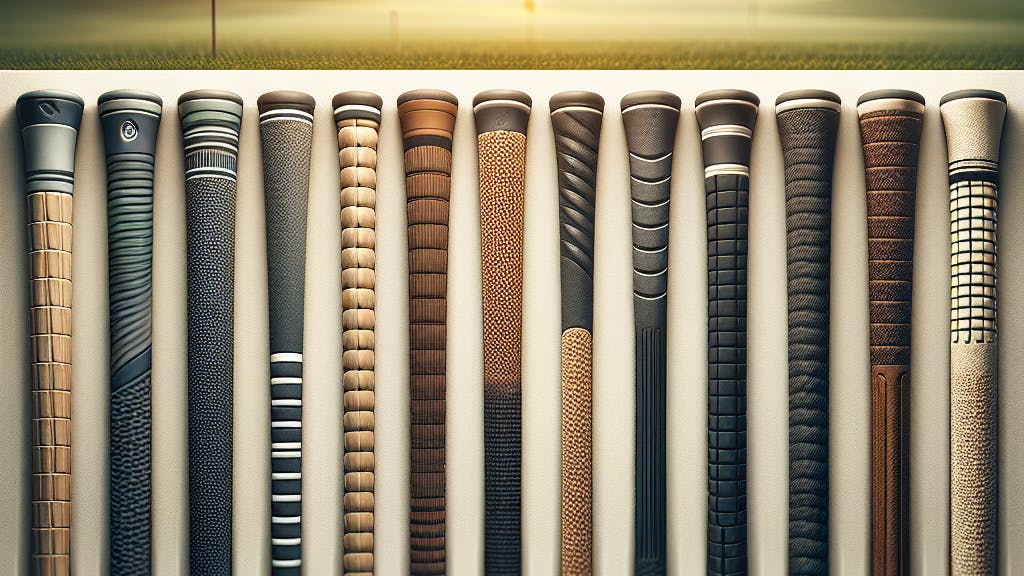
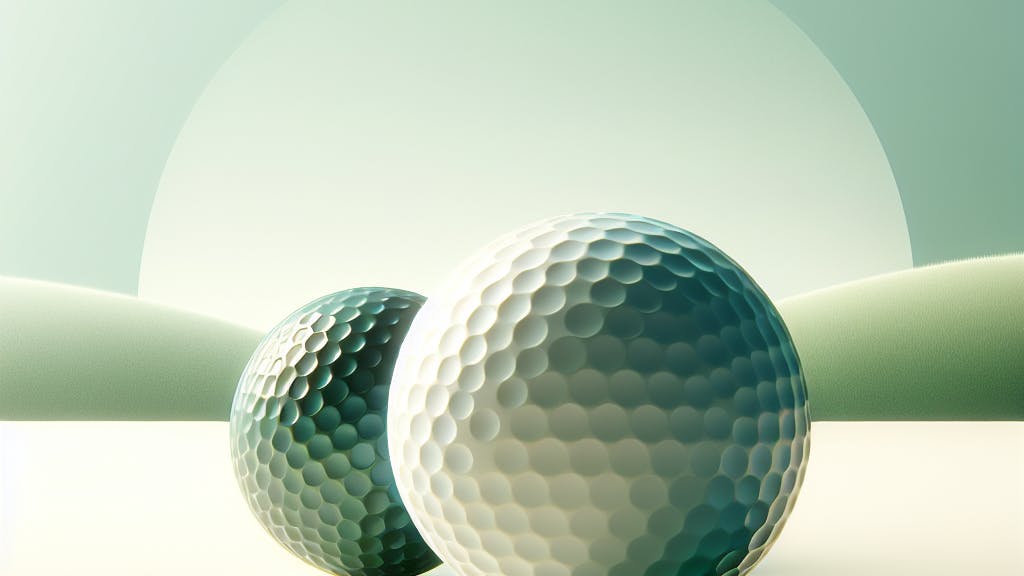
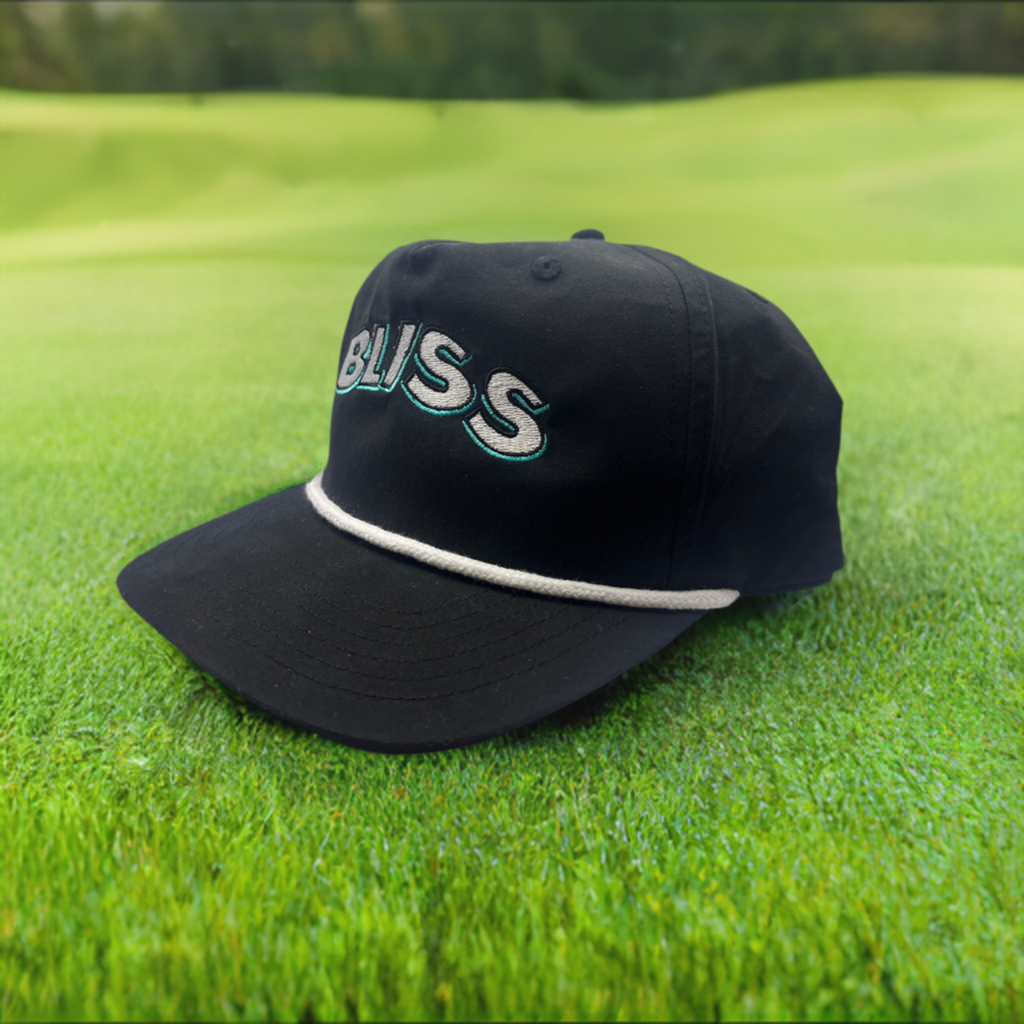
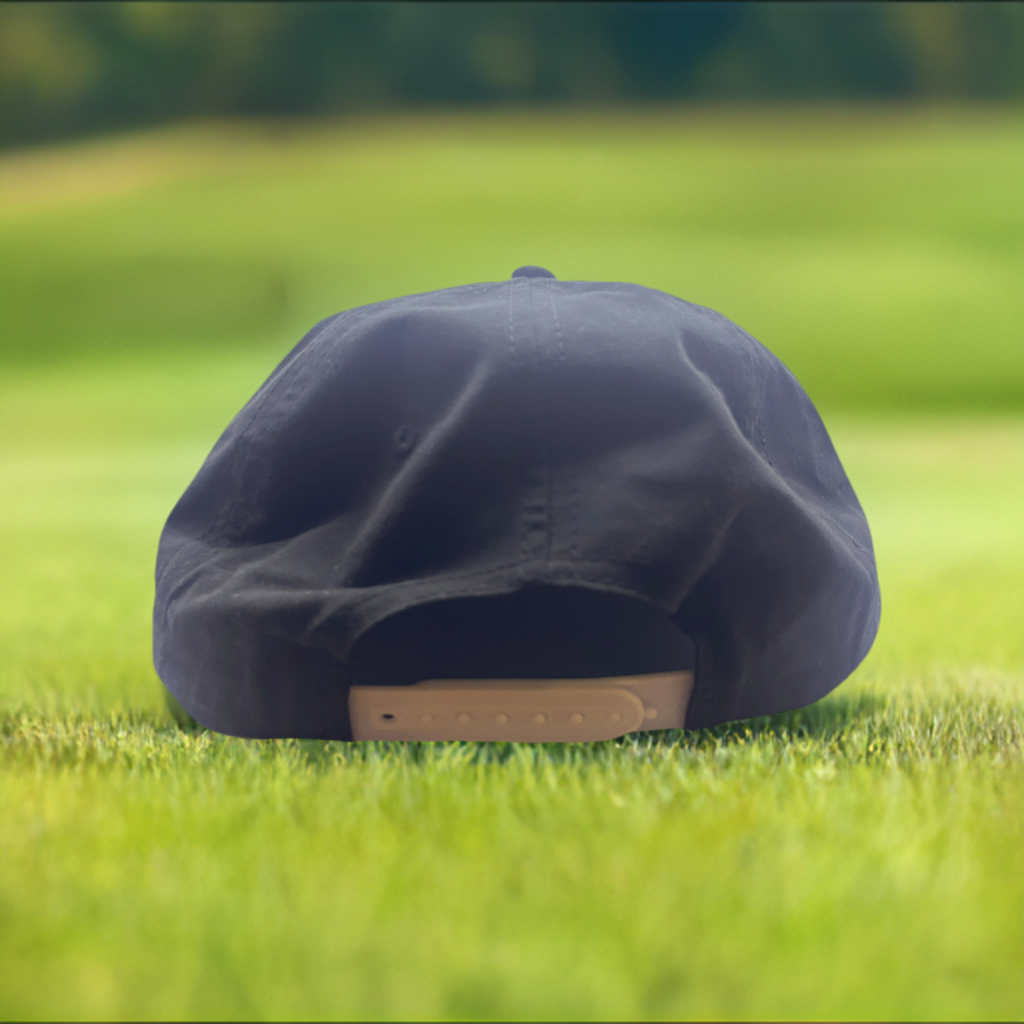
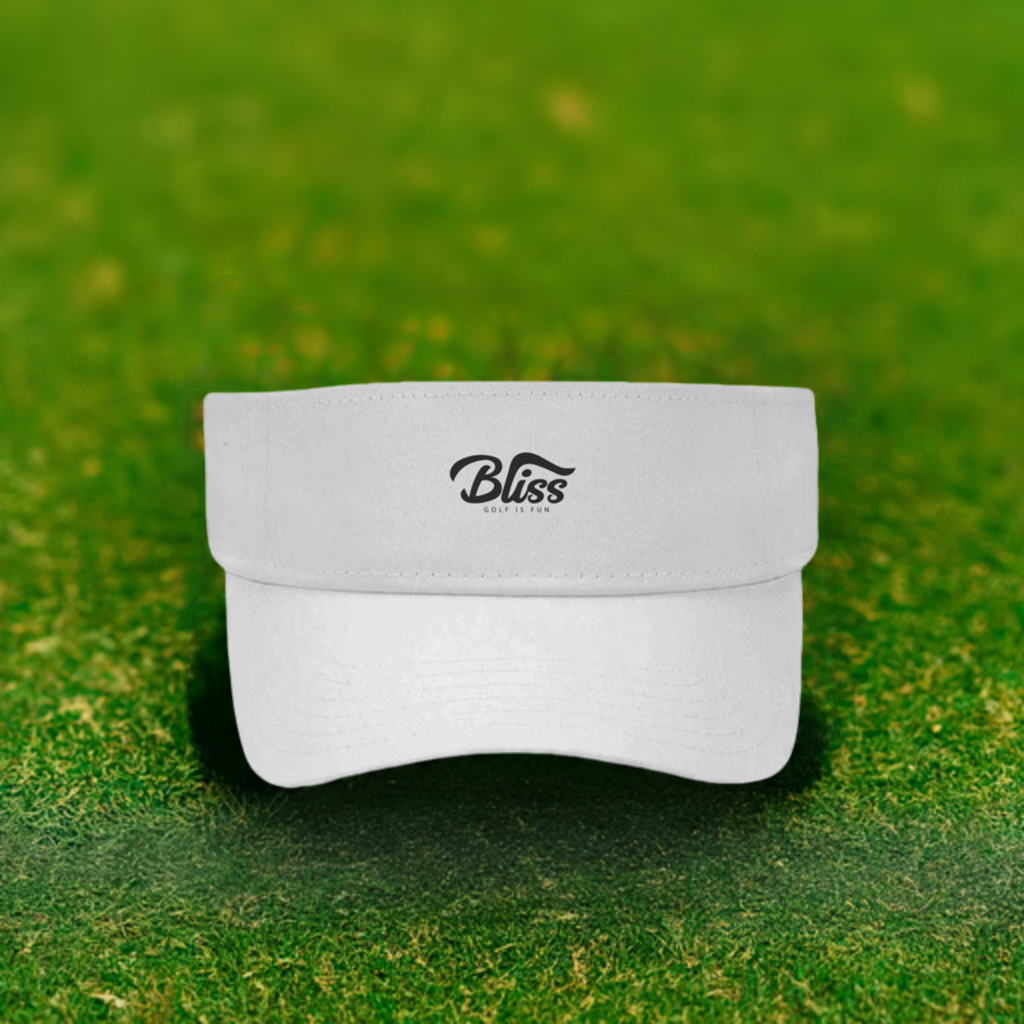
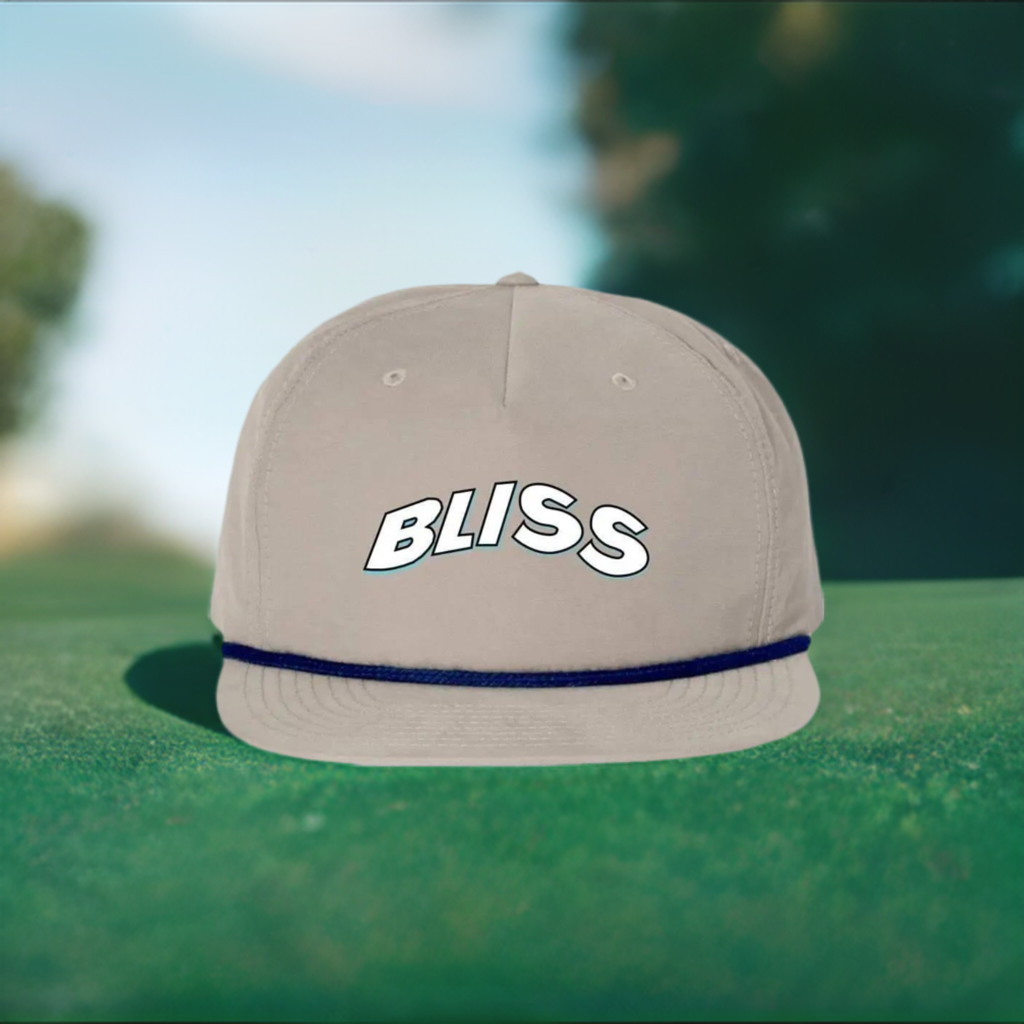
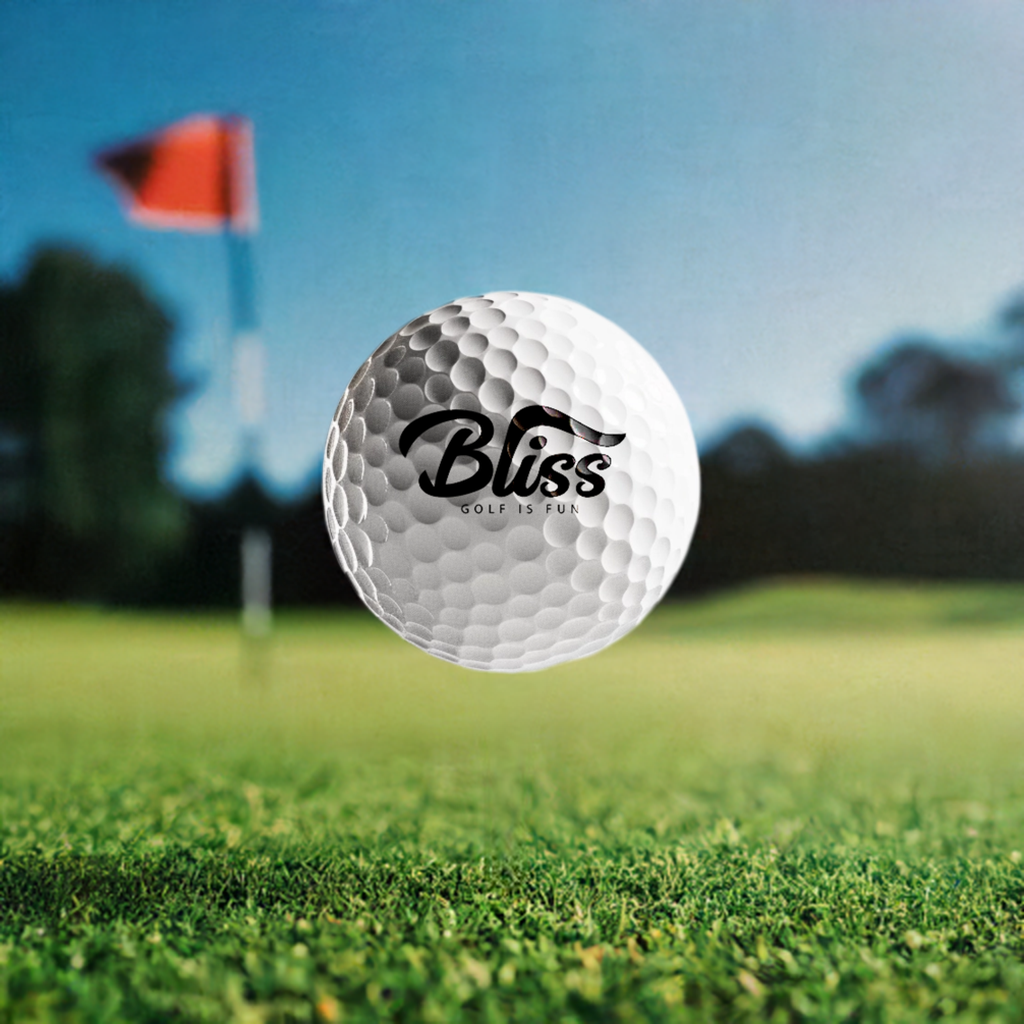
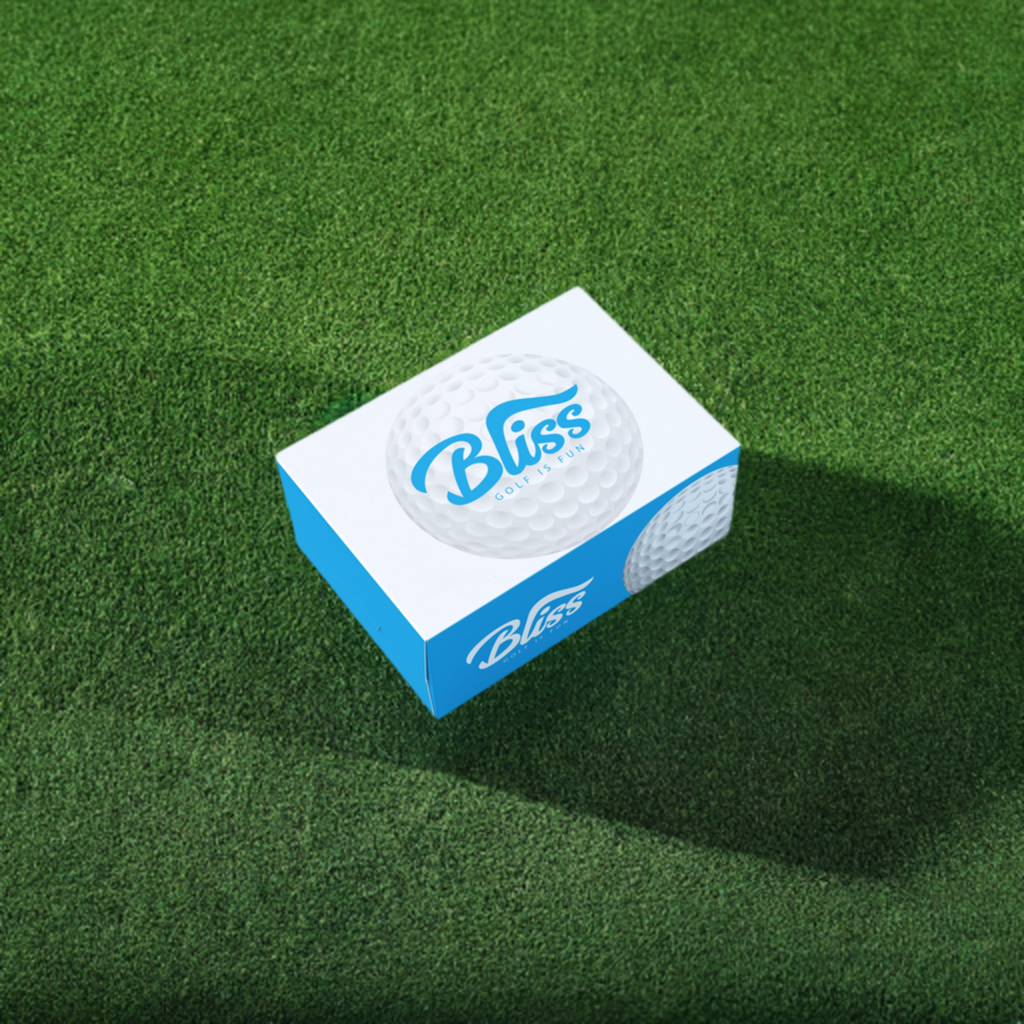

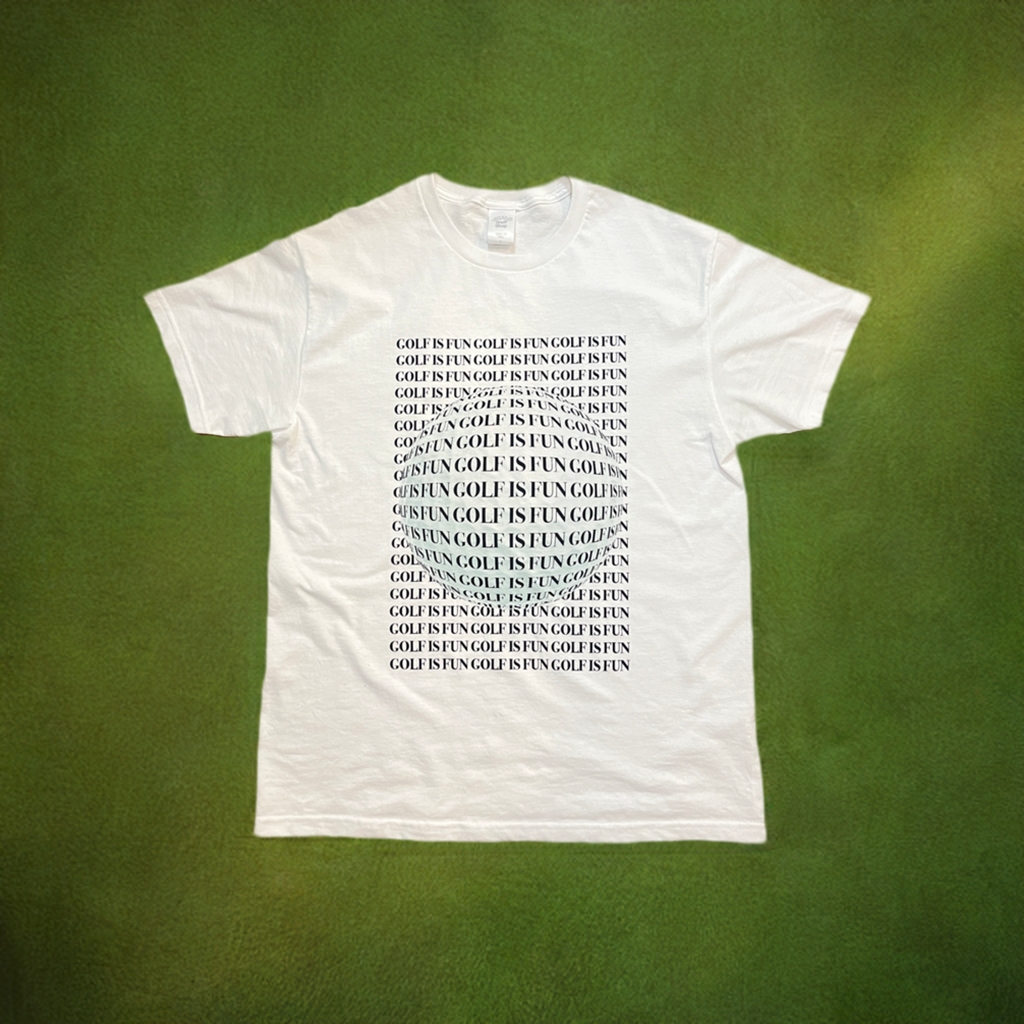
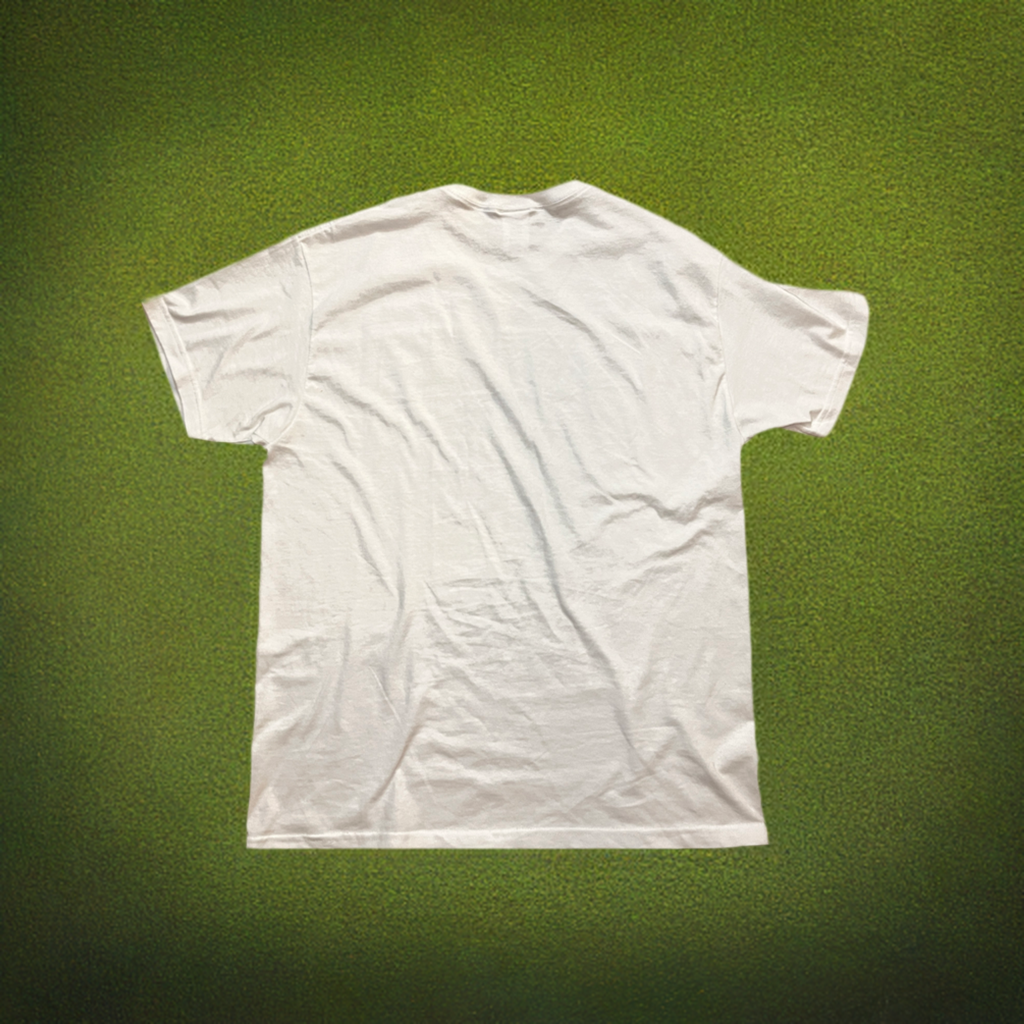

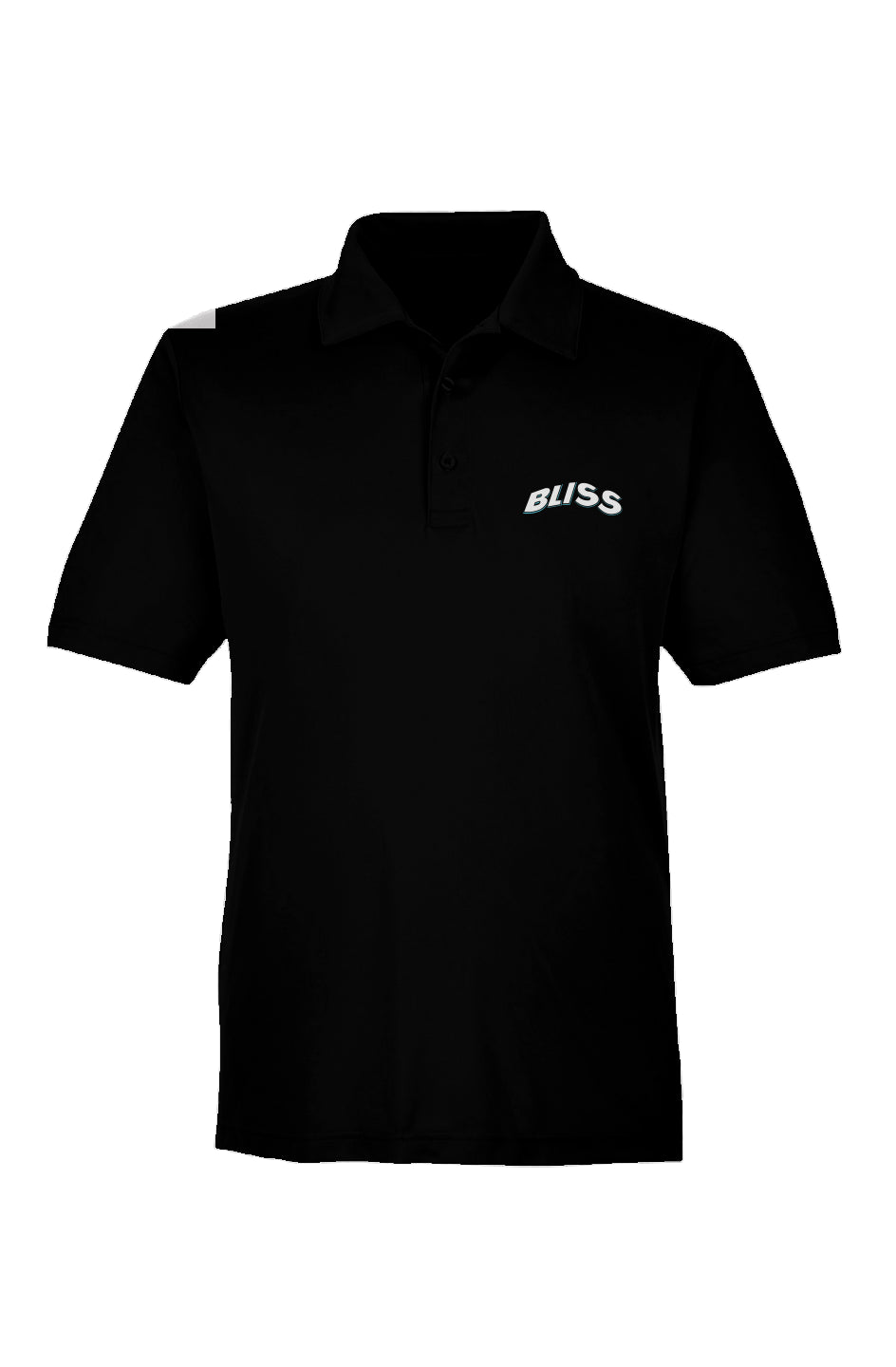

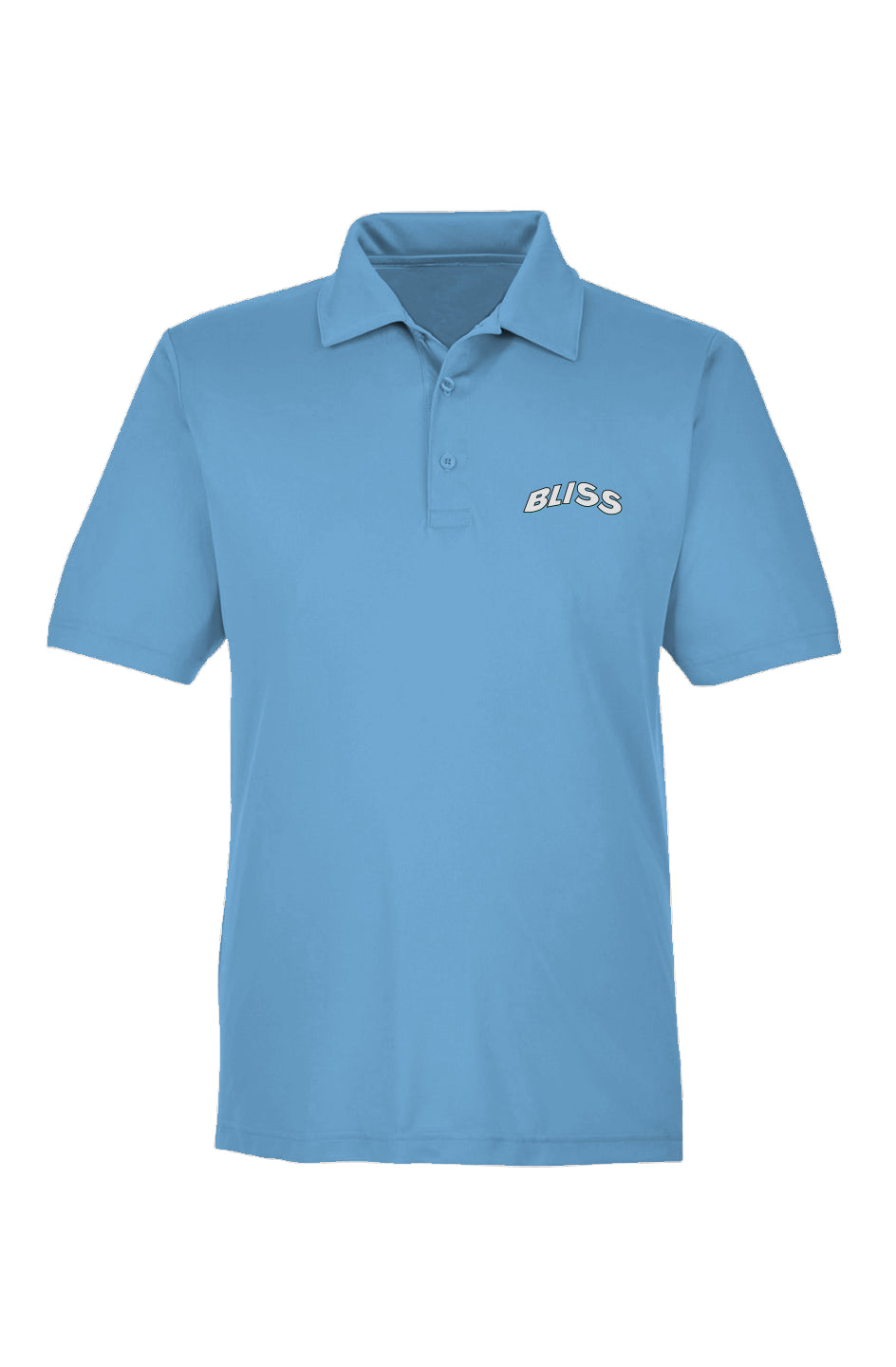
Leave a comment
This site is protected by hCaptcha and the hCaptcha Privacy Policy and Terms of Service apply.